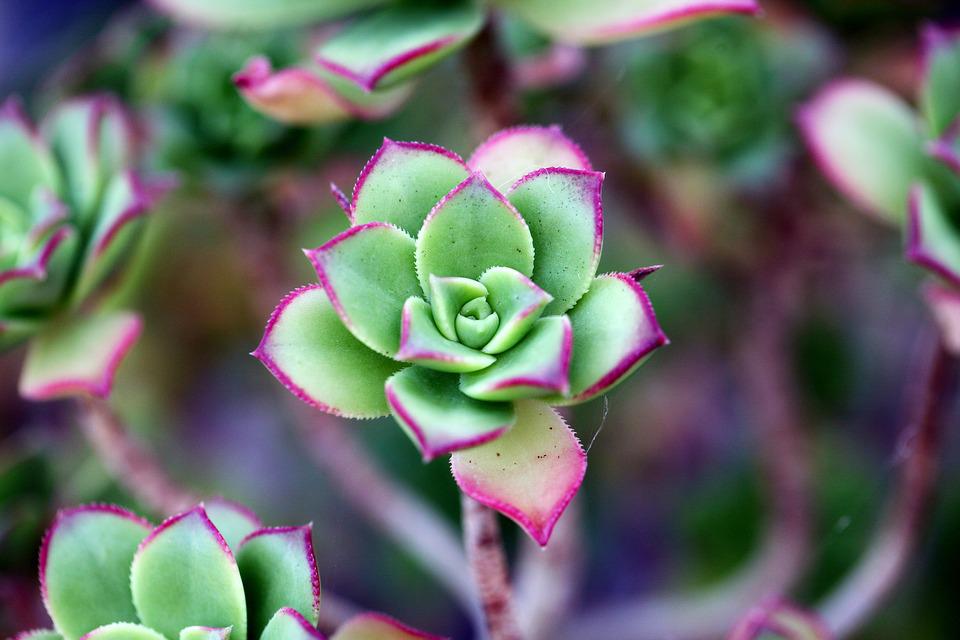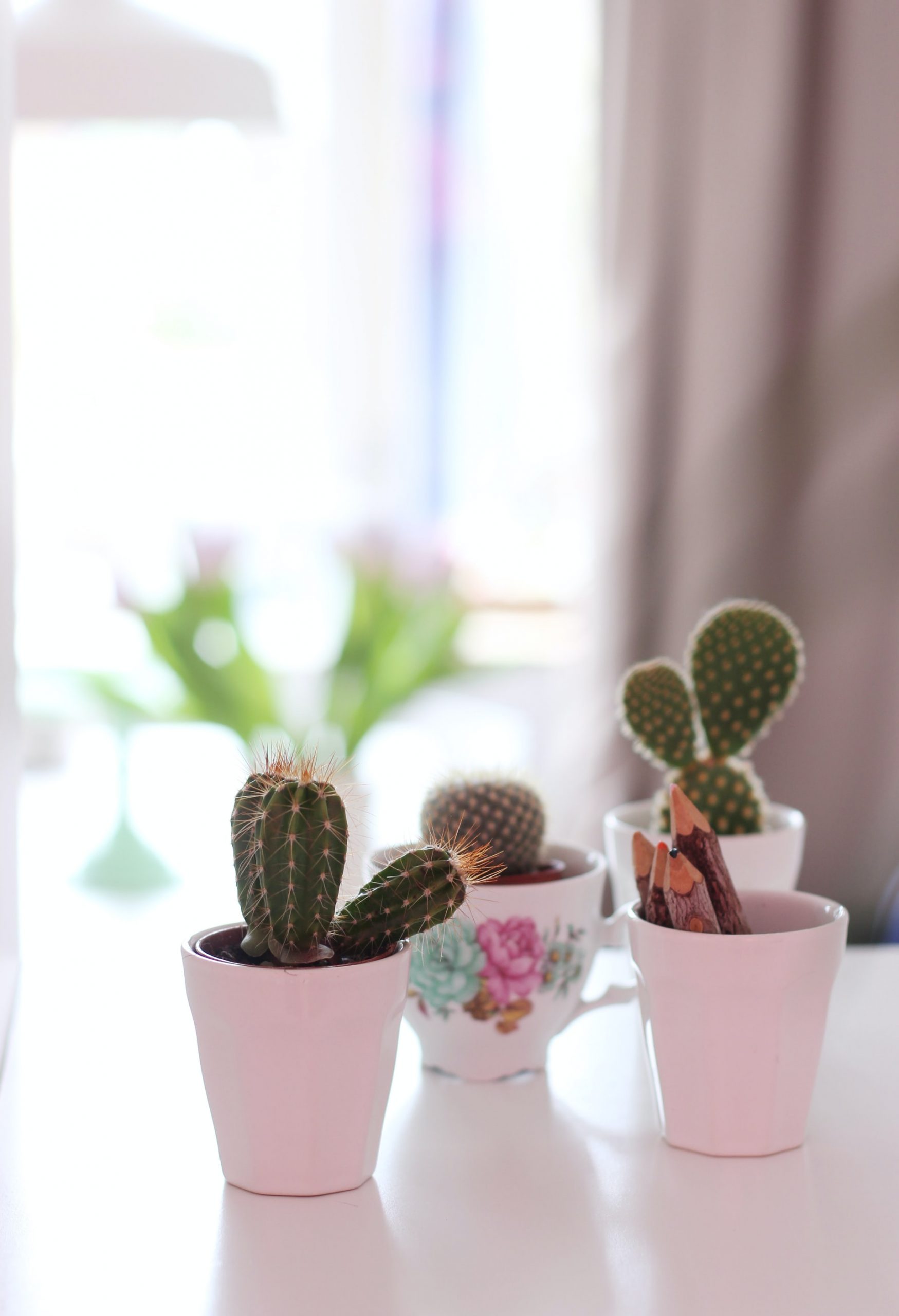We have all had the experience of a succulent plant dropping its leaves and dying for some inexplicable reason. Each time this happens, we try to recover it by watering and fertilizing it, only to watch it gradually wither away.
To try to recover it, we must first identify the cause of the wilting.
First, just because the leaves have fallen off does not necessarily mean that the succulent is dying or that you are doing something wrong. In fact, like all plants, succulent leaves do not live forever. As the plant grows, new leaves are born, and the old leaves die. So, if your plant’s leaves are dry only at the base, don’t worry. When the old leaves become unsightly, simply pull them gently and remove any leaves that can be easily removed or that have completely withered away.
However, if the newly growing leaves (the small leaves at the tips) fall off, the plant is definitely not in the best condition. Let’s explore the causes and remedies in the rest of the article!
1) Excessive Watering
If the plant’s upper leaves (shoots) are not in good condition, it is necessary to determine what is causing the problem.
Excessive watering seems to be one of the causes of succulent death, but soil can also be a problem for succulents. Succulents should not be watered while the soil is still moist. Constant watering in this state will almost certainly make the plant sick. If the leaves begin to look yellow and translucent and feel soft to the touch, you have probably over-watered.
Succulents are naturally found in dry areas with little rainfall, and their soil is composed of sand and rocks, so it drains well and is prone to rotting. Leaf fall-off and black spots on leaves and stems are early signs of overwatering, and as the problem worsens, it becomes more difficult to save the succulent.

How to Save Rotten Plants
If you see black spots on the stem, you need to cut the plant with a sterile blade, propagate the top, remove the black spots, and let it dry for a while before repotting (3-5 days).
Spray regularly while waiting for the tops to root naturally.
Applying a rooting promoter to the wound will speed uprooting and increase the plant’s chances of survival. It is also an excellent way to stimulate any plant cut to produce new roots and propagate.
2) Less Exposure
Another major reason is low light. Succulents need to be placed outdoors in a sunny location. If succulents are placed indoors, they will most likely die. This is because low light and poor ventilation will cause the plant to get sick and rot.
It should also be noted that the loss of all leaves is a symptom of insufficient light levels. Therefore, keeping the plant in partial sunlight outdoors or, in the case of cacti, in full sunlight will help keep the plant in good condition.
3) Insufficient Water
If you begin to notice that the top leaves are dry and crispy, it may be time to give your succulent more water. Most succulents will recover quickly if they have recently shown typical wrinkling due to lack of water. However, if most of the leaves have been crushed, they probably will not recover.

Succulent Root Rot
4) Little or No Growth
If you have been growing succulents for a long time and don’t notice any particular growth changes, you probably don’t need to worry. Many succulents have prolonged growth rates, but there should still be something you can do to see them grow a little more.
Repot them into slightly larger pots. Repotting, especially if you haven’t done so in a long time, will help the plant grow more. Remove some of the old soil and dry roots.
5) Correct Exposure
Very slow-growing plants are often those placed in poor conditions, usually indoors, away from light sources. Moving them to a brighter location will undoubtedly speed up plant growth.
6) Fertilize
Succulents also need the right fertilizer for the plant. An ideal fertilizer will promote growth.
Let us know if these few tips have helped you in the comments below!


